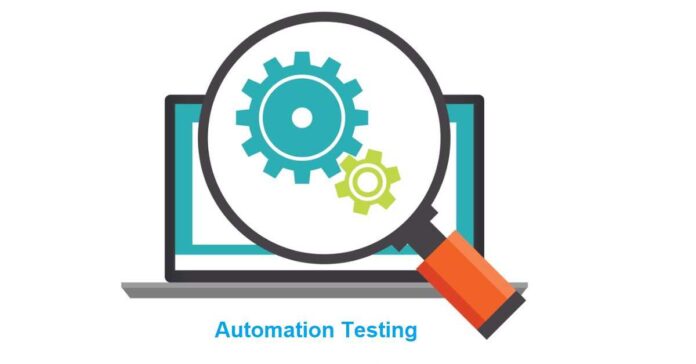In this competitive market, almost every organization is adopting automated testing as it is less expensive, faster, and reduces risks as compared to manual testing. For instance, Oracle cloud automation tools are well-known in the market.
What is Oracle Cloud Automation Testing?
It refers to the software testing technique performed using specific automated testing software tools to execute the test case. The main objective of automation testing is to reduce the number of test cases that run manually and not eliminate manual testing. This enhances the ROI of test automation. The Oracle Cloud automation tools are considered one of the best to provide improved ROI for test automation.
The Motive of Oracle Cloud Test Automation
To increase the test coverage, execution, and effectiveness, in software testing, test automation is the best way. There are several reasons why automated testing is essential, which are as follows:-
- Manual testing is quite time-consuming as all fields, workflows, and negative scenarios require time and money
- It is pretty strenuous to test the multilingual sites manually
- Due to test automation, the speed of test execution increases
- Due to test automation, there is no requirement for human intervention
- The test coverage gets increased due to test automation
- Manual testing is more error-prone due to human intervention
- In the long term, manual testing becomes boring
Types of Automation Testing
Automation testing is of many types depending on the types of testing, phases of testing, and types of tests. First, we will discuss automation testing based on types of testing.
Functional Testing
It is based on the demands of the customers. With the help of functional testing, actions are validated in the software. It is primarily about what the software or product does and verifies the application’s features according to the customer. Requirements. Functional testing can be done manually as well as automated. For instance, the function of login in a website is an example of functional testing.
Non-Functional Testing
It is done by the developer or the programmer in order to alight the non-functional requirements, such as reliability, scalability, usability, performance, etc., of the software or the product. The validation of software performance takes place with the help of non-functional testing. Privacy of information, the time taken to load the dashboard on a website, etc., are some examples of non-functional requirements.
Automation Testing Based on Phases of Testing
Unit Testing
The smallest component of the software is known as a unit. The individual part of the code needs to work well so that the entire software or product works well. Unit testing provides a glimpse of code performance at the granular level. As only chunks of code are tested, the execution time gets increased. Usually, developers lodge to perform unit testing.
API Testing
The full form of API is an application programming interface. It acts as an interface between the database and UI. API is used to evaluate the end-to-end functionality of the application. In API testing, the tester does not have access to the source code. Providing the user interface is the main purpose of UI testing. In this, the tester inspects the accuracy of visual elements, such as buttons, fields, text fields, links, and images on the system’s screen. Moreover, UI testing is also used to check the functionality, like handling user actions of the application, which are done through the user with the help of a mouse, keyboard, and other input devices.
Automation Testing Based on Types of Tests
Smoke Testing
It is also called build verification testing (BVT). It is done at the beginning of application testing, and smoke testing is done when a new functionality or feature is added to an existing build. Smoke testing acts as a frontier to proceed to the next extent of testing.
Regression Testing
It is done when certain changes are made to the software in order to check whether the software is working the same way or not. The changes can be configuration changes, bug fixes, or software enhancements. Regression testing can be achieved by re-running the functional and non-functional tests on the application.
Security Testing
Security testing is done to avoid cyber threats, such as data breaches, malware, threats, vulnerabilities, and other types of risks in the software application. This testing helps to spot all fragilities within the security of a system.
Performance Testing
It is done to check whether the software or the product is managing the workload efficiently. For instance, performance testing checks the reliability, robustness, speed, and stability under a particular workload.
Acceptance testing
It is the last phase of testing, and it is done before the deployment of software or a product. The main objective of acceptance testing is to check the business requirements, user needs, and the client’s order and determine whether the product is fit for delivery.
Why Choose Opkey?
Opkey provides the no-code platform for Oracle cloud automation tools, due to which both business and technical users can automate their application testing in hours, not months. It gives the assurance to automate single-ap and cross-app tests without coding.
Opkey also provides seamless end-to-end test automation. Moreover, the test automation tool of Opkey eliminates the need for prolonged business process documentation sessions &complex Excel spreadsheets. So, if you want to painlessly maintain your Oracle Cloud automation tools, then you can use the solutions and no-code platform of Opkey.






















